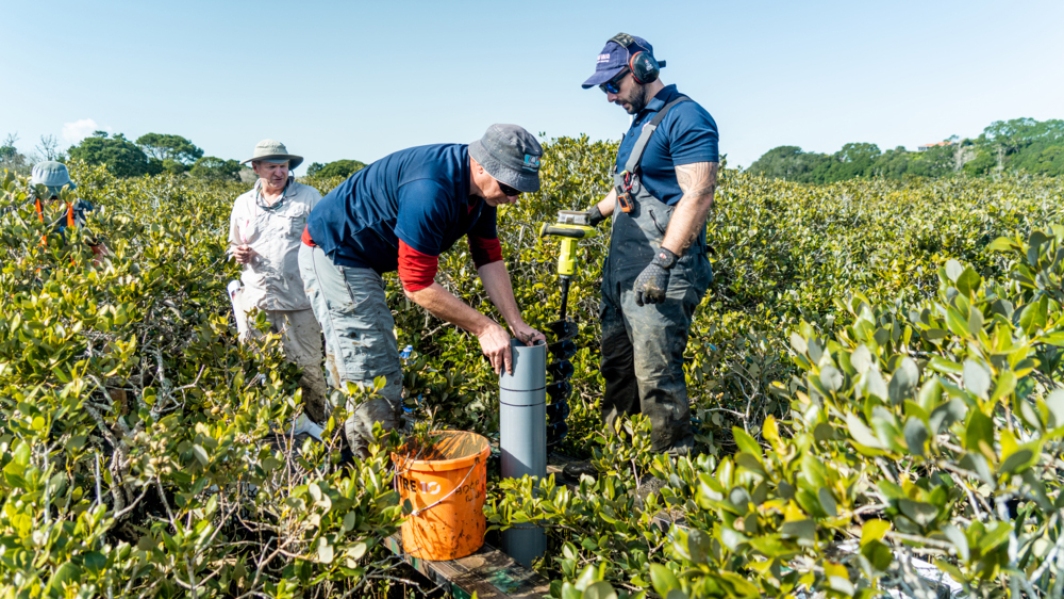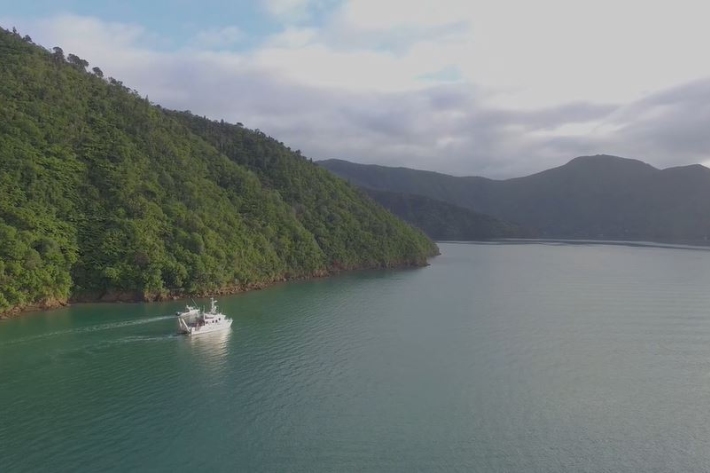-
Study discovers microplastics in New Zealand’s seabed
Media release16 July 2021A pilot study carried out by NIWA and the University of Auckland has found microplastics in samples collected from the seafloor in the Marlborough Sounds. -
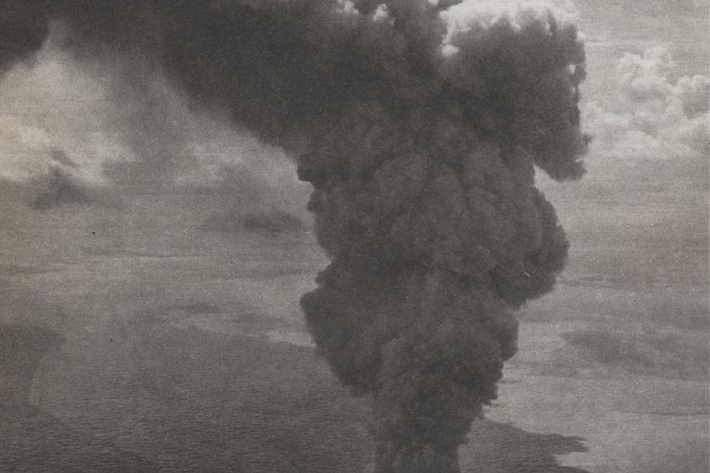
Tsunami generated by underwater volcanoes
Research ProjectMarsden-funded research investigating how erupting volcanoes can cause deadly and damaging tsunamis. -

Explosive research sheds light on volcanic tsunami
Feature story07 July 2021Innovative experiments are giving natural hazard researchers and PhD students a close look at how erupting volcanoes can cause deadly and damaging tsunamis. -
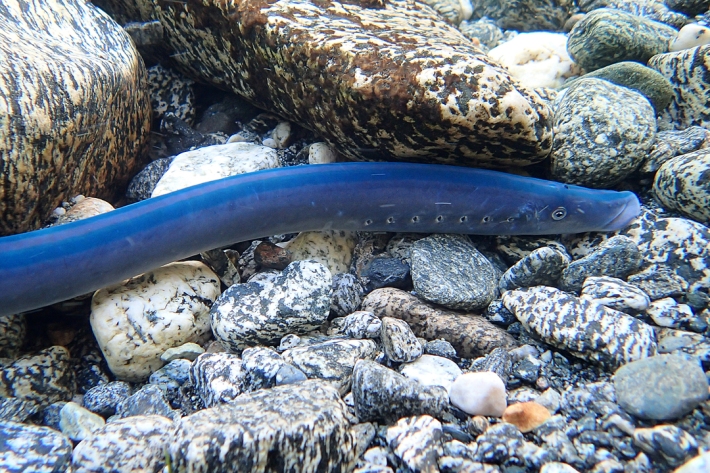
Taonga Species Series: Piharau
Feature story08 June 2021What does science tell us about New Zealand lamprey? -
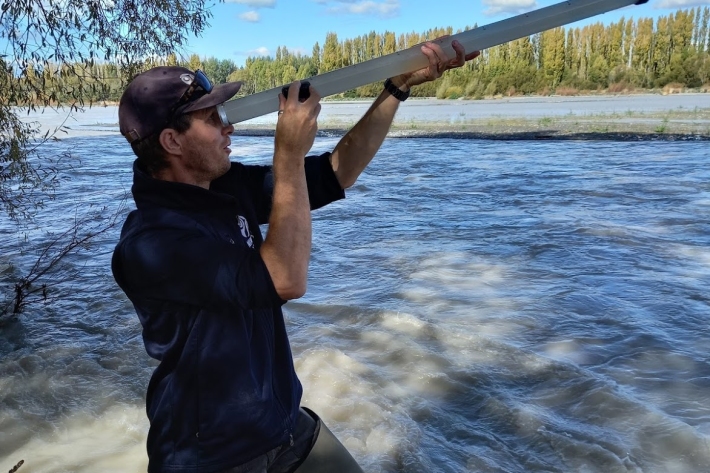
NIWA in the field: Sampling the Waimakariri
Feature story19 May 2021Environmental monitoring technician Patrick Butler has spent hours travelling between the upper and lower reaches of Canterbury’s Waimakariri and Hurunui Rivers. His mission – river water quality sampling. -
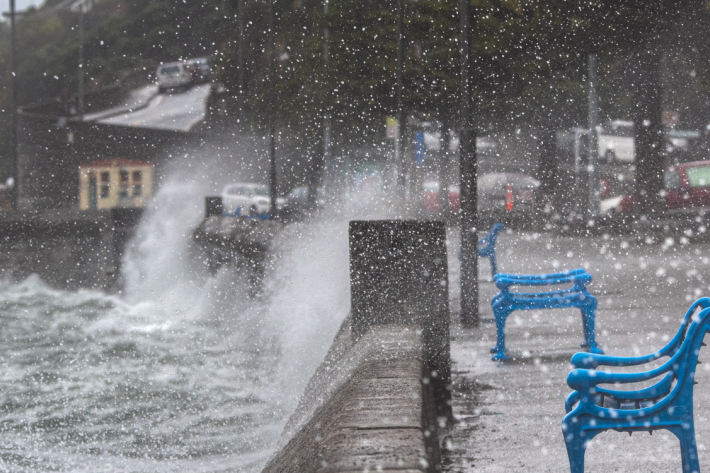
Storm surge and wave forecasting
ServiceWe combine capabilities in weather, wave, storm surge and tide forecasting with tide gauge observations. -
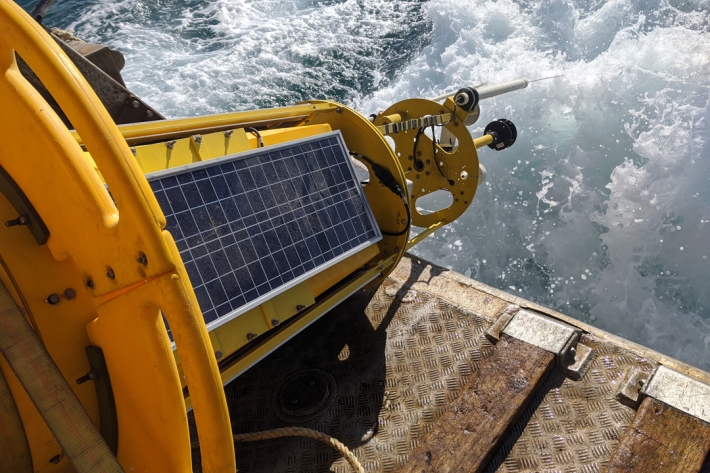
Lost scientific buoy recovered from Kāpiti seafloor
News article04 May 2021Researchers have recovered a scientific buoy from the Kāpiti Marine Reserve that went missing in late March. -
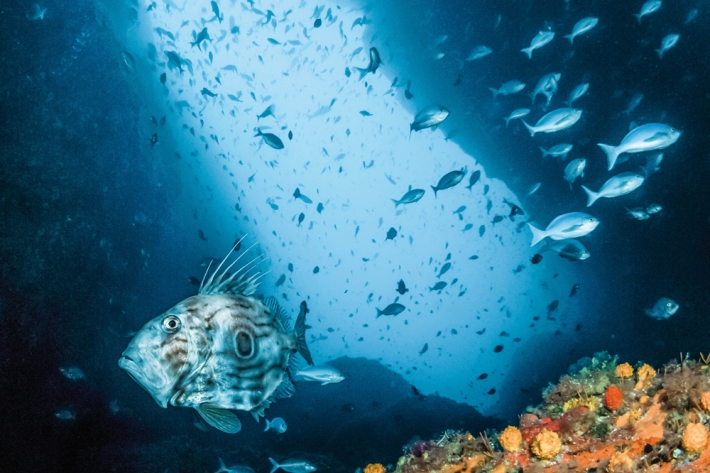
Marine reserves join ocean acidification network
Media release22 April 2021A joint NIWA and Department of Conservation (DOC) project is extending New Zealand’s ocean acidification monitoring network to include marine reserves. -
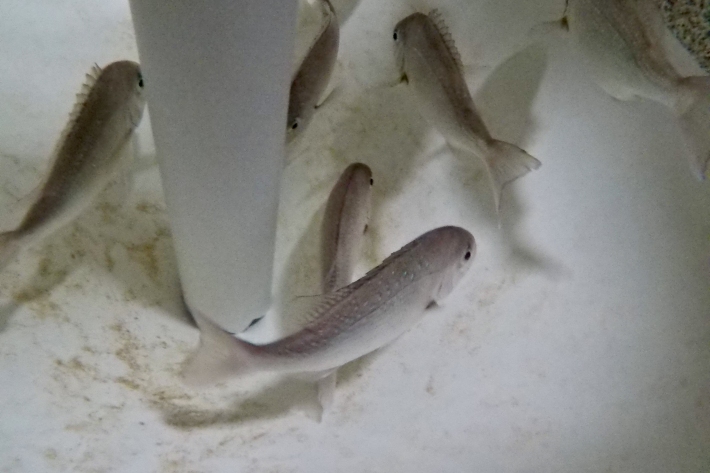
Research finds microplastics in fish muscle tissue
Media release18 March 2021Some of the first research into how microplastics are affecting New Zealand fish species has revealed that microplastic fragments can find their way through the gut lining and into muscle tissue. -
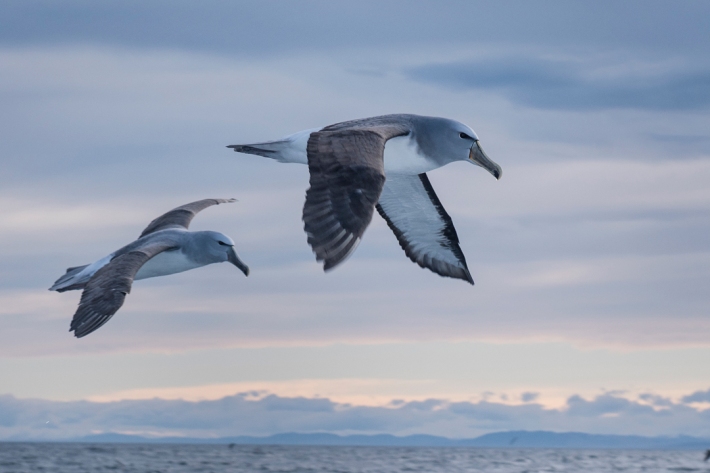
Seabirds spend nearly 40% of their time on high seas, study finds
Media release04 March 2021A global effort by seabird researchers, including those from NIWA, has resulted in the first assessment of where the world’s most threatened seabirds spend their time. -
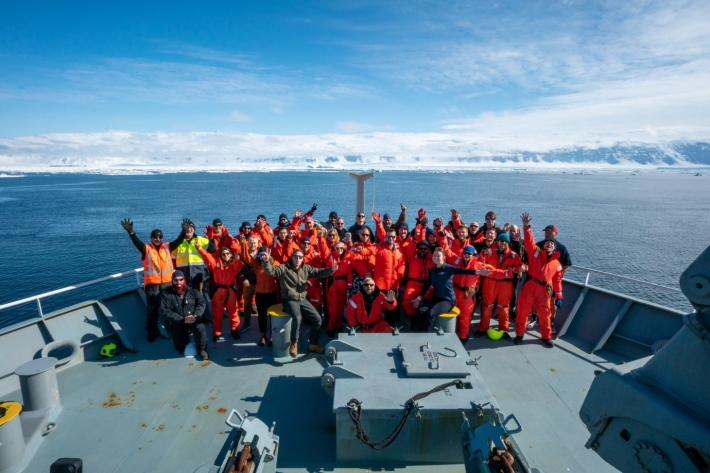
Science update 5 from Richard O’Driscoll
Day 34 of the Ross Sea Life in a Changing Climate (ReLiCC) 2021 voyage on RV Tangaroa. We are back in New Zealand waters and due to arrive in Wellington on the morning of Monday 15 Feb. -

Queen of the critters
Feature story11 February 2021Sadie Mills has come a long way from scaring the inhabitants of Scottish rock pools. Sarah Fraser explains.

